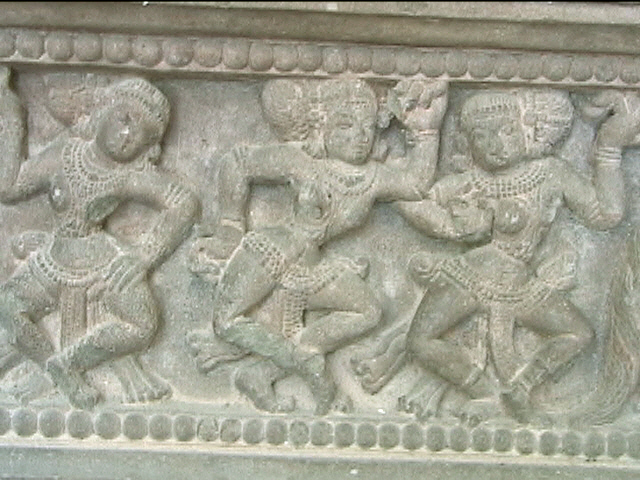We just learned about the small Barrel Jellyfish.
Another jellyfish is the Lobed Comb Jellyfish, also called the common northern comb jelly, or the bolinopsis infundibulum.
It grows to about 6 inches long, and lives mostly in the northern Atlantic Ocean.
This type of jelly is see through or sometimes milky white.
It has two small tentacles, and it's mouth is at one end of its body.
They have little tiny hairs along their body that they use to swim around.
On their body they have parts that light up using bioluminescence.
This means some chemicals in their body mix together to change colors and glow in the dark.

(from: wikipedia - bolinopsis infundibulum)
(from: youtube - The Lovely Lobed Comb Jelly - Monterey Bay Aquarium)
Kid Facts - Blast from the past: Mimic Octopus








